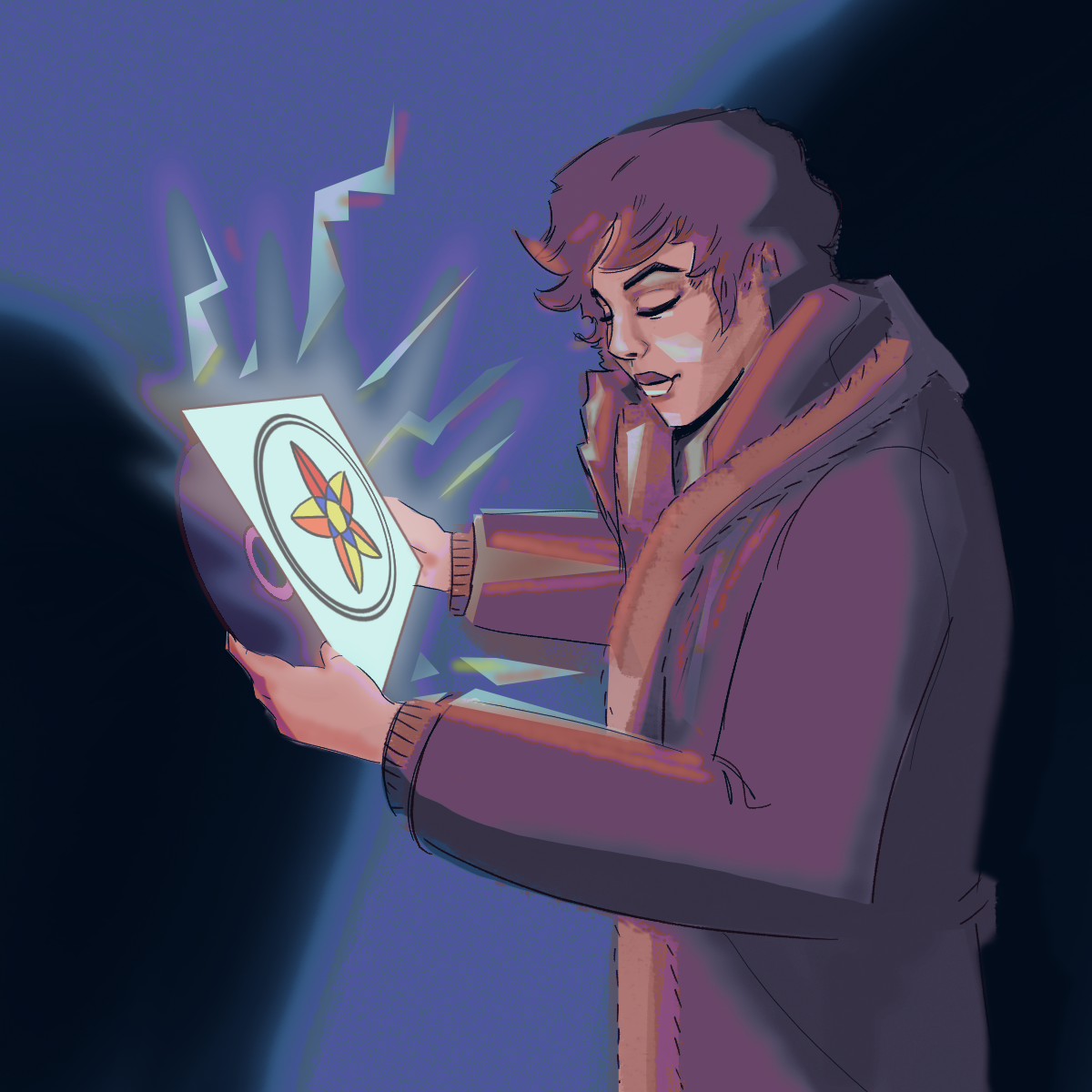Cover art is the first look you get at a body of work — might as well make it count with something eye-grabbing.
Choosing cover art to associate with a piece of music will always be a big decision for artists, as the art introduces the music. Before listening to a single second, your experience with a body of work starts with the art that accompanies it. Since it is the listener’s first contact with the music, the cover has to be intriguing enough for the listener to decide to dive into the record.
In some instances, cover art can be so eye-catching that it transcends a record’s popularity and gets even more appreciated than the album itself, becoming its own thing. Album covers such as Pink Floyd’s The Dark Side of the Moon, with the famous triangle prism and the beam of light passing through, or The Beatles’ Abbey Road which sees the band members wearing suits and crossing the street, are prime examples of this.
Don’t get me wrong — these albums are considered some of the best of all time, but having such iconic covers definitely helped them gain the status and universal praise they still get to this day. These covers became so popular over time that you can now see them on clothes, posters, mugs, and tapestries, to a point where they’re almost symbolic.
With the streaming era, where everything is compiled on your phone, album art might not feel as important as 30 years ago when people would go to their nearest record store to skim through different album covers and buy whichever one caught their attention. Regardless of the period we are in, album covers still abide by the same set of rules as before for picking good cover art.
The most important rule is that the cover art has to be representative of the music. The genre that does it best is metal music, where the violence showcased on the album art is an excellent indicator of how brutal the music is going to sound. Death metal outfit Cannibal Corpse have some of the most gruesome album covers out there in metal, often picturing truly disgusting and unimaginable things done to people (look it up at your own risk) — and their very gross and murderous sound matches the vibe they portray on their front cover.
R&B also does it well, as it’s a more sexy and intimate genre, where artists don’t shy away from sensually posing on their album arts. You can take Doja Cat’s 2019 single “Juicy” as an example, a song talking about “juicy booties,” where Doja Cat herself is showcasing her butt on the cover art.
The importance of cover art should never be neglected — while at its core, music is a form of sound art, an album or song also needs visual art to represent it. Who knows, maybe that split second of looking at and judging a cool album cover might make you discover your next favourite artist.
Some of my favourite album covers includes:
Killers – Iron Maiden
In the Aeroplane Over the Sea – Neutral Milk Hotel
The House Is Burning – Isaiah Rashad
Kids See Ghosts – Kids See Ghosts
Twin Fantasy – Car Seat Headrest
Midnight Marauders – A Tribe Called Quest
Stranger in the Alps – Phoebe Bridgers
And Justice For All – Metallica
Cosmogramma – Flying Lotus
Songs In The Key Of Life – Stevie Wonder
Graphic by James Fay
